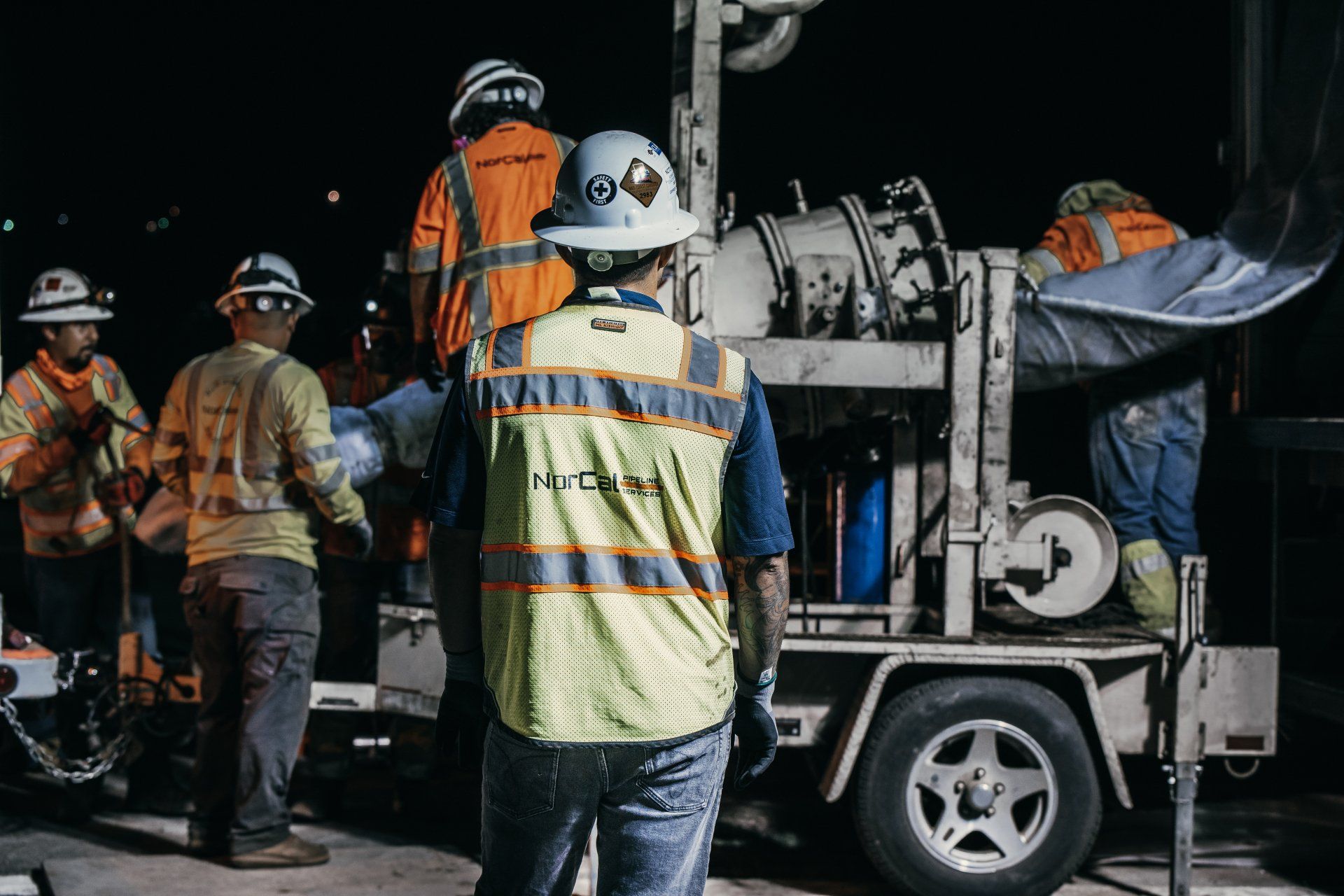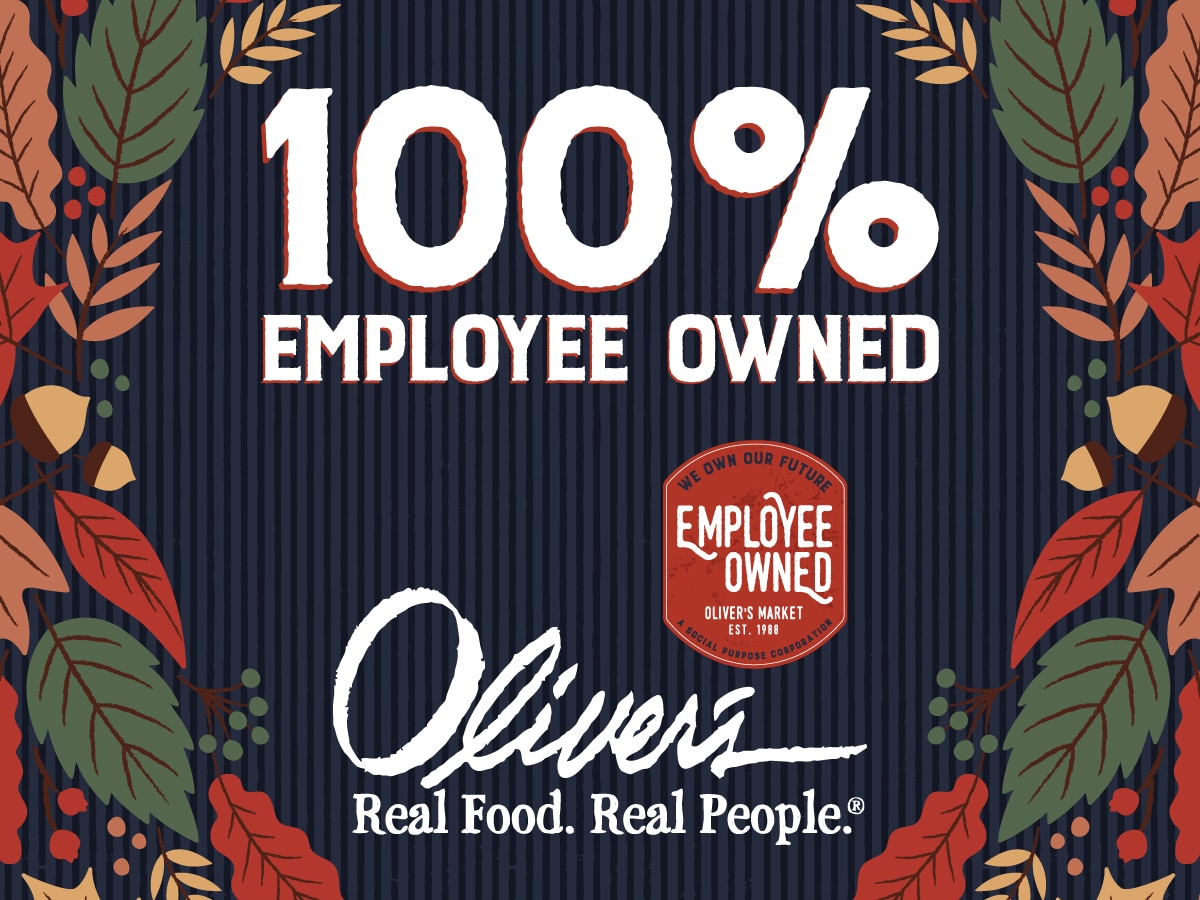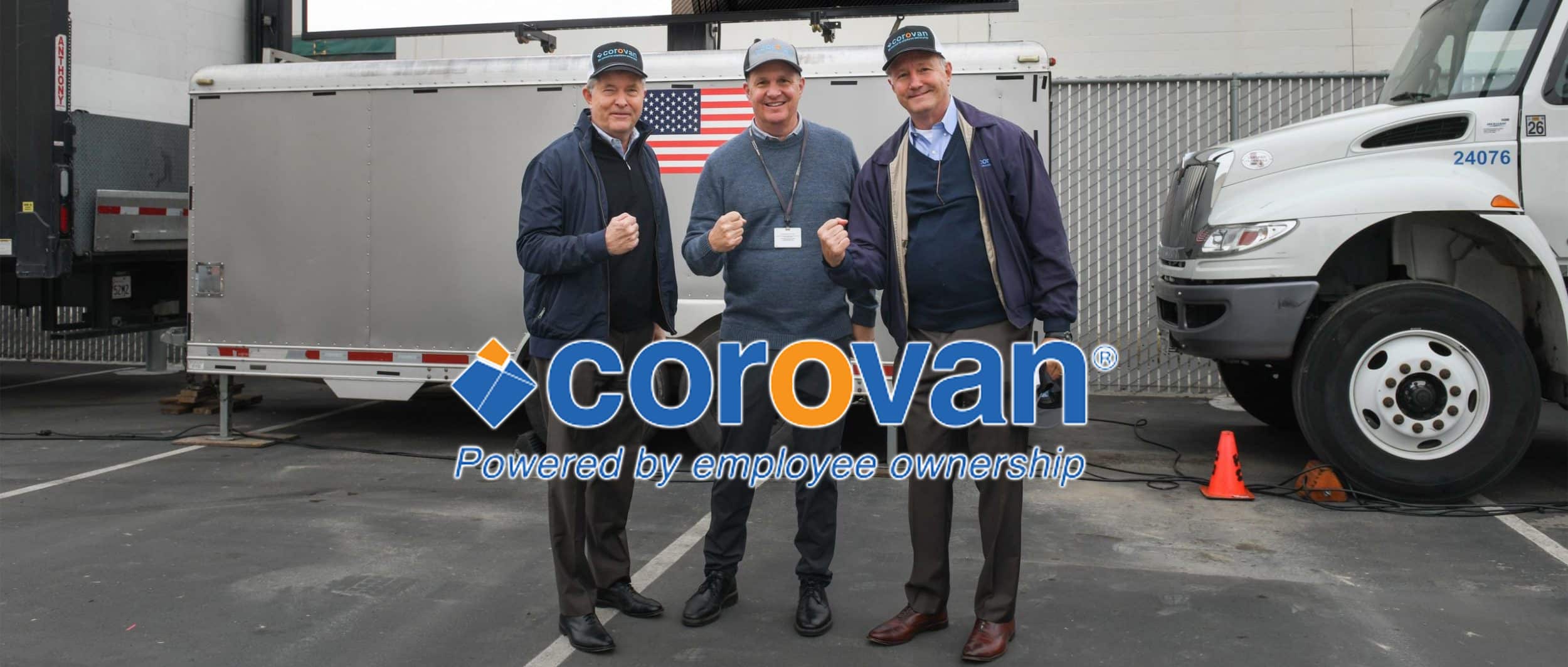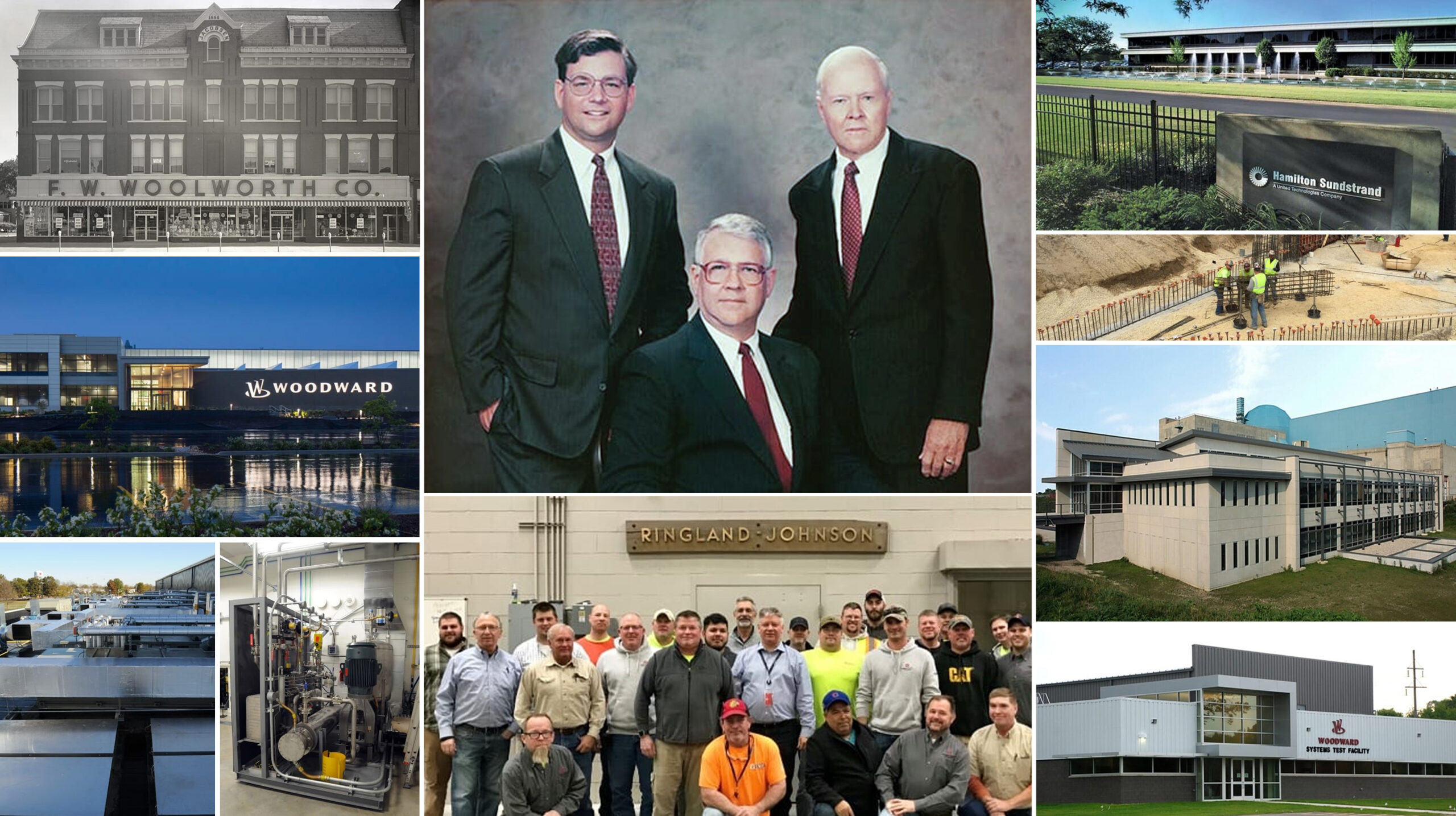February 4th, 2020
There are a lot of myths and mysteries that surround employee stock ownership plans (ESOPs) and some of these misconceptions can scare landscape company owners away from considering this business option.
Make no mistake, some ESOP structures are complex, but they don’t have to be intimidating. Here are the basics of what an ESOP is, its benefits and drawbacks and who should consider pursuing one.
What are ESOPs?
Probably one of the biggest issues with ESOPs is that not very many people understand them entirely or know what they do.
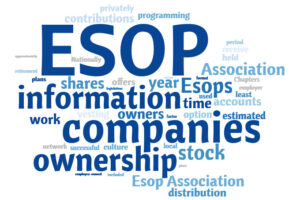
What is an ESOP?
“Basically, the shareholders of the company sell a block of their stock to a trust,” says Trey Ball, CFO and general counsel for Michael Hatcher and Associates, Inc. based in Olive Branch, Mississippi. “This trust is for the benefit of every employee of the company. If the company increases in value, the employees will see their ESOP account increase. Once the employee retires, she will receive payments for the value of their account.”
While it is called an employee stock ownership plan, employees do not purchase the stock. Rather, it is granted through profit sharing and eventually, the employee will become vested. The longest vesting schedule is six years.
“In general, an ESOP is a qualified retirement plan that looks similar to a 401(k) profit sharing plan,” says Philip DeDominicis, managing director of investment banking with Menke & Associates, Inc., which specializes in structuring ESOPs. “401(k) profit sharing plans are funded by the business, not the individual.
They’re typically decided upon, meaning how much money, at the end of the year, when the board knows whether the company’s made money or not. And then it’s for all eligible employees.”
In general, the difference between an ESOP and a 401(k) is on the investment side. Rather than the money going to an individual’s account like with a 401(k), it ends up in the ESOP trust. The investments in the trust are controlled by the board of directors of the company, and ESOPs can invest in the company’s stock, where a 401(k) cannot.
DeDominicis says that in almost all cases, ESOPs are added to the compensation plan so they are not replacing a 401(k) plan but are a second retirement benefit.
“Almost all of our clients keep the 401(k),” he says. “We encourage the employee to put their money into their 401(k). But employers’ money, typically, starts going to the ESOP to help create liquidity for the current shareholder base. Meaning, any previous 401(k) match or profit sharing contribution mechanism is halted and replaced with future profit sharing funds going to the ESOP.”
Pros and cons of ESOPs
The main benefits of ESOPs are it creates liquidity and/or a succession plan for the business, provides a company-funded retirement benefit for employees and motivates employees to add value to the company.
“An ESOP is a way to either take care of the entire succession plan or to simply create some liquidity for the current shareholders,” DeDominicis says.
DeDominicis says the primary reason their clients come to them is because an owner is getting ready to retire or wants some liquidity, but 10 percent are younger owners who are looking to create a more powerful, productive workforce and have heard an ESOP can help.
“It’s a pretty simple thing; if you own it, you treat it better than if you rent it,” DeDominicis says. “A car, a home, a business, if I have a long-term interest in the value, a person’s behavior changes a little bit. I think the primary thing that happens for employees is they just look at the definition of their job differently, more broadly.”
If you are wanting to give back to your employees or create a legacy with your landscaping businesses, ESOPs are a good route.
“If she sells to another company, they typically will change everything about how the company is run,” Ball says. “Even the name of the company. Also, the ESOP plan can be structured where the owner retains control over the company but steps back out of the operations. This is beneficial for a company that needs ownership involvement.”
As for the drawbacks of ESOPs, the main issue is the amount of money that needs to be invested.
“Creating and maintaining an ESOP requires a substantial initial investment with annual maintenance costs,” Ball says. “Using consultants, attorneys and financial experts during the research and startup phase is not inexpensive but is essential to guarantee the plan is an appropriate vehicle for the business. Also, annual company valuations and administrative work is an ongoing expense.”
The cost of setting up an ESOP will vary greatly on a number of factors. DeDominicis says the design and set up of an ESOP can cost around $25,000. Meanwhile, the stock transaction can range from $20,000 to $200,000 depending on the size and the complexity of the transaction.
DeDominicis says the steep learning curve can also be an issue. While ESOPs are not a difficult topic, it is a very broad one so there are a number of different transaction structures.
“You really need to start with who is the shareholder or shareholders and what are they trying to do,” DeDominicis says. “What’s their succession plan? When do they want liquidity? How do they feel about the upside in the business? What are their family issues? It really is a conversation about succession planning first and then the ESOP is one of the tools to help take care of that.”
Who are they a good fit for?
ESOPs are not for everyone. DeDominicis says you need a critical mass in both employees and company value in the business before an ESOP makes sense. He says they have clients in the 10-employee range and about $2 million in fair market value is where the bottom of the market is these days.
If you’re not looking to sell your landscape business, an ESOP provides a way to slowly transition out of the company without losing control.
“All privately held businesses should look at ESOPs as a serious benefit plan and a way to alleviate some succession planning concerns,” DeDominicis says. “They’re a hassle to understand and get up to speed but the rewards seem to be very large compared to the input.”
Another thing to keep in mind is that if your business is an LLC, you would need to convert your company to an S or C corporation in order to have stocks.
“It’s more of a technical thing,” DeDominicis says. “If you happen to be an LLC, you would need to convert to one of the two at the time of the setup of the ESOP. This is usually not a big issue.”
Ball says that if you haven’t done your due diligence in researching the possible plans available, you shouldn’t attempt creating an ESOP.
“Preparing and planning for the costs and maintenance is crucial to ensure a successful ESOP,” Ball says.
How to become an ESOP company
Because ESOPs are a substantial subspecialty, it’s crucial to hire an expert on them in order to set one up properly.
“You must hire an experienced ESOP consultant, administrative company and attorneys,” Ball says. “ESOP compliance is a specific field of law, so professionals well versed are not in every town. We were fortunate to have an ESOP expert here in Memphis, Tennessee, to ensure all the provisions were followed at inception and each year after.”
DeDominicis advises hiring an ESOP advisor who also does ESOP administration, as they are the ones who will be able to catch any plan errors, and ensures the plan is compliant throughout the years. He also says to look for someone who creates ESOPs for a living, not someone who has only created a few in the past.
“If someone is telling you they can get more for the company than fair market value through some convoluted structures, please run away,” DeDominicis says. “If someone is seemingly selling you something at a price that you know is probably higher than the value of your business, that’s a huge red flag.”
DeDominicis says it takes around six months to set up the ESOP and the first stock sale, but Ball says it could take up to a year after the owner has taken the time to do their research and decide an ESOP is the best plan for their company.
“Before our company became an ESOP company, we only had one shareholder,” Ball says. “Deciding how he wanted to create his exit strategy was straight forward. It might be more difficult having a large group of shareholders come to an agreement that an ESOP would be best for their needs and the company’s needs.” DeDominicis agrees.
Getting the most out of your ESOP
DeDominicis says it’s important to educate your employees on the value of ESOPs. As part of his firm’s contract for creating ESOPs, they include a session to talk to the employees and explain what the new plan means for them.
While it takes more effort to educate your workforce on ESOPs, the return on investment is higher when employees understand the value of the plan.
“After our owner made the decision to create an ESOP, he invited the ESOP consultant to make a simple presentation to the employees that explained what the ESOP is, how it works and how it affects the employees,” Ball says. “Every year, the consultants make this same presentation with updates to the stock value to ensure clarity and understanding. Also, each year the employees receive a certificate that shows their ESOP account value.”
DeDominicis says business owners of any age should consider ESOPs as they provide liquidity early on when there are far more succession plan options.
“Right now, when you’re 40 years old trying to create your succession plan for 65, you have lots of options,” DeDominicis says. “And when you’re 65 trying to walk out the door and you want all your cash, you have one option: sell the business, which we know doesn’t happen most of the time.”
In addition, becoming an ESOP doesn’t remove your company’s ability to eventually sell either.
“It’s a massive misconception,” DeDominicis says. “ESOP companies are sold all the time.”
To read the original article, go to:
https://www.totallandscapecare.com/business-best-practices/esops-explained/



